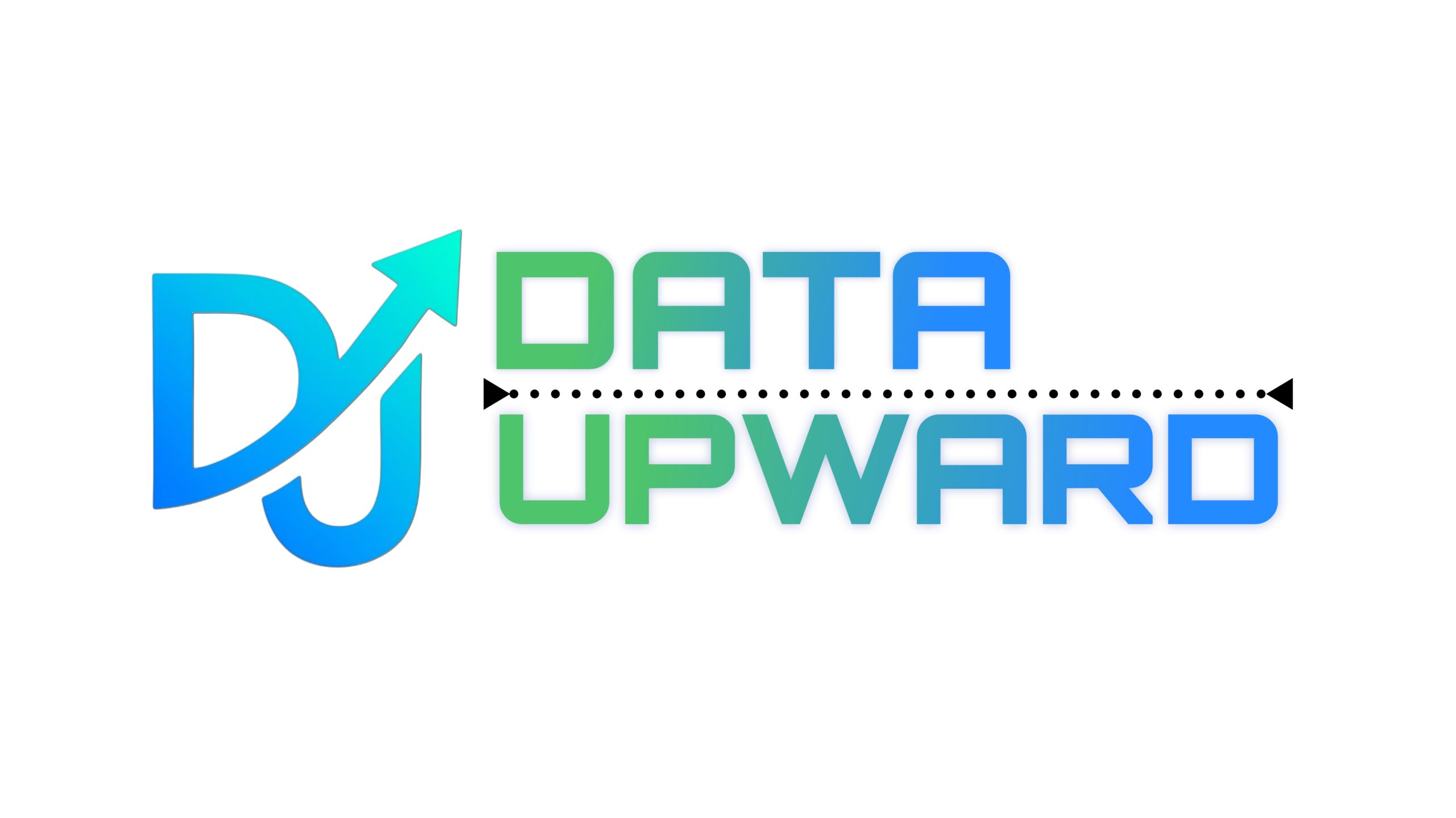In the contemporary digital world, where things are rushing, information indeed is the new oil, and the ability to decipher it puts the power of making wiser business choices into the hands of individuals possessing it. From startups to Fortune 500 companies, any organization relies on data analysts to find insights that are latent in the numbers.
In case you want to establish a successful career in data analytics in 2025, it is important to learn how to balance technical, analytical, and communication skills appropriately. It is these tools that will ensure you are not just employable but a great master in the field.
To be on the cutting edge of trends, here are the best data analytics skills to consider in the current year.
SQL (Structured Query Language)
SQL remains the foundation of data analytics – with good reason. It is the major language used to communicate with databases, and it enables analysts to extract, filter, and manipulate data in an efficient way.
Why It’s Essential:
Almost all organizations use SQL-based systems.
It is the standard method of extracting and conducting data in preparation for reports and dashboards.
Focus On:
- Efficient SELECT query writing.
- Using JOINs and subqueries
- Learning how to use aggregation using GROUP BY, COUNT, and SUM.
- Delving into the window functionality of sophisticated analytics.
Pro Tip: train on free resources, such as SQLZoo, LeetCode SQL, or Mode Analytics, to practice querying.
Microsoft Excel
Excel is an indispensable part of data analysis, even with the emergence of modern tools. It is fast, multi-purpose, and efficient, in particular with small to medium-sized data sets.
Why It Matters:
Business reporting is still widely used in different industries.
Ideal when you need to investigate data and want to write no code.
Focus On:
- Pivot Tables & Charts
- Data transformation in Power Query.
- Highlighting trend Conditional Formatting.
- Macro workflow automation.
Pro Tip: Spend time getting familiar with Power Pivot – It can be used to work with large datasets, and it can be used to create a more robust analytical model.
Python for Data Analysis
Python will be one of the requirements of any person taking analytics seriously in 2025. It is simple and has an enormous ecosystem, which makes it suitable for manipulating data, visualizing, and even predictive modeling.
Why It’s Powerful:
Good at automating repetitive jobs and statistical analysis.
Has powerful libraries such as Pandas, NumPy, Matplotlib, and Seaborn.
Focus On:
- Panda data cleaning and conversion.
- Making Figures using Matplotlib and Seaborn.
- Conducting Exploratory Data Analysis (EDA).
Pro Tip: Start small. Read a CSV file, extract some insights, and then proceed to Kaggle or Data.gov real-world data.
Power BI / Tableau
Tables are not as effective as visuals when it comes to data analytics. Such tools as Power BI and Tableau can assist in turning raw figures into visual narrative reports in the form of dashboards.
Why It’s Vital:
Visual summaries and not complicated spreadsheets are the keys to executives.
Good data visualization ability simplifies your insights.
Focus On:
- Developing interactive dashboards.
- Applying filters, slicers, and DAX formulas (in Power BI).
- Creating professional, clean images.
Pro Tip: Make your dashboards uncomplicated. Get to the point and tell a story instead of confusing charts.
Data Preparation and Cleaning
A question to any analyst, most of the time is spent on cleaning and preparation of data before analysis. It is not glamorous, and yet it is important.
Why It’s Critical:
Clean data implies high-quality insights.
Poor or incomplete data may spoil a whole analysis.
Focus On:
- Detecting and managing missing data.
- Removing duplicates
- Standardization and normalization of data.
- The identification and control of outliers.
Pro Tip: Pandas is a Python tool, and Power Query is an Excel tool that can be used to automate cleaning steps and save time.
Statistics Analysis and Probability
An excellent data insight is supported by excellent statistical thinking. A proper understanding of statistics will assist you in analyzing trends and confirming findings.
Why It’s Important:
Helps you to learn how to relate variables.
Bases advanced analytics and machine learning.
Focus On:
- Mean, Median, and Mode
- Variance Standard deviation
- Correlation and Regression
- Hypothesis Testing
Pro Tip: Use real-world data, such as sports statistics or a financial trend, to put statistical concepts into practice in a fun, practical manner.
Machine Learning Basics
Although these skills are not required by all analysts, they can give you an advantage to know the fundamentals of machine learning (ML).
Why It Matters:
A large number of organizations are embracing AI-based tools.
Understanding ML can get you to predictive analytics.
Focus On:
- Learning about Supervised and Unsupervised Learning.
- Simple algorithms: Regression, Classification, and Clustering.
- Selection of features and metrics of evaluation.
Pro Tips: Use Scikit-learn and attempt entry-level projects on Kaggle to have hands-on experience with ML.
Data Storytelling and Communication
The only valuable thing about data is when it is comprehended and taken into action. The most talented analysts are able to make raw numbers into interesting stories.
Why It’s Key:
Transforms knowledge into valuable business undertakings.
Gains the confidence and trust of non-technical stakeholders.
Focus On:
- Streamlining complicated outcomes.
- Showing graphics to back up your narrative.
- Modifying your message to technical and non-technical audiences.
Pro Tip: Prepare to speak to a non-data-savvy person. When they comprehend with little effort, then you are on the right track.
Clouds (AWS, Azure, Google Cloud)
Cloud data solutions have gone ubiquitous in 2025. The ability to utilize them is becoming a critical requirement among analysts.
Why It’s Valuable:
Companies are going to cloud data systems.
Cloud computing applications assist in handling and processing large volumes of data without any hassle.
Focus On:
- AWS S3 for data storage
- Google BigQuery to store data.
- Azure Synapse scalable analytics.
Pro-tip: Choose a single cloud system, and study its data ecosystem – even a simple knowledge of it can make your resume shine.
Soft Skills & Critical Skills
Technical skills will land you the job, but soft skills will make you grow. An analyst is not merely a coder but a problem solver, a critical and effective thinker, and a communicator.
Why They Matter:
You will be required to analyze the data, make conclusions, and prescribe plans.
It is essential to work with business and technical teams.
Focus On:
- Interest and observational skills.
- Rational, critical thinking attitude.
- Verbal and oral communication skills.
Pro Tip: You should always ask yourself why, not how. By having insight into the business problem, one will get more insightful conclusions in the end.
Other more interesting topics about Data Analytics – visit HERE

